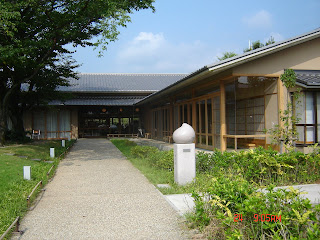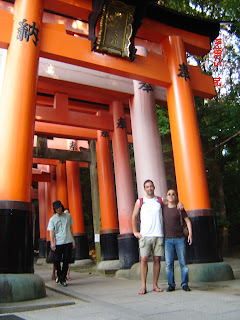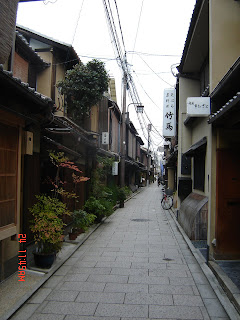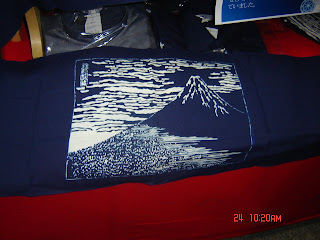A day trip to Nara (奈良)
On the day fourth, we made a day trip to Nara which is the other ancient capital of Japan. Nara (including Asuka area) is the first capital (592-793). Between 594 and 694, the capital was placed in the area called “Asuka”, therefore it is named as “Asuka Era(飛鳥時代)”. The most distinctive figure in this period is “Shoutoku Taishi” who assisted an empress to govern the country. He sent a missionary to China to learn techniques, religions etc and established a central government and constitution. In order to introduce Buddhism to the country, he ordered to construct the temple called “Horyu-ji(法隆寺)”.
This temple is considered as the oldest wooden architecture which remains at present time. We visited this temple.



The other place that we visited is “Todai-ji(東大寺)” From 710 to 694, the capital was placed in Nara. This temple is the most famous temple of this era. A huge Buddha sits inside the main hall.




You may need to spend two days at least to see major historical buildings and tourist attraction. However, if you have a limited time to stay in Japan, it is better to spend more days in Kyoto. If you stay in Nara, you may not be fascinated by food and atmosphere of restaurants as much as you may be in Kyoto. I took my friend, Nuno to eat out for lunch and dinner for three days but it was not enough to let him taste major traditional dishes in Kyoto.
We met lovely animals in front of Todai-ji Temple


"It is lovely, isn't it."

"But it can do these four skills of wrestling: bite, kick, butt and knock you down! ""










































